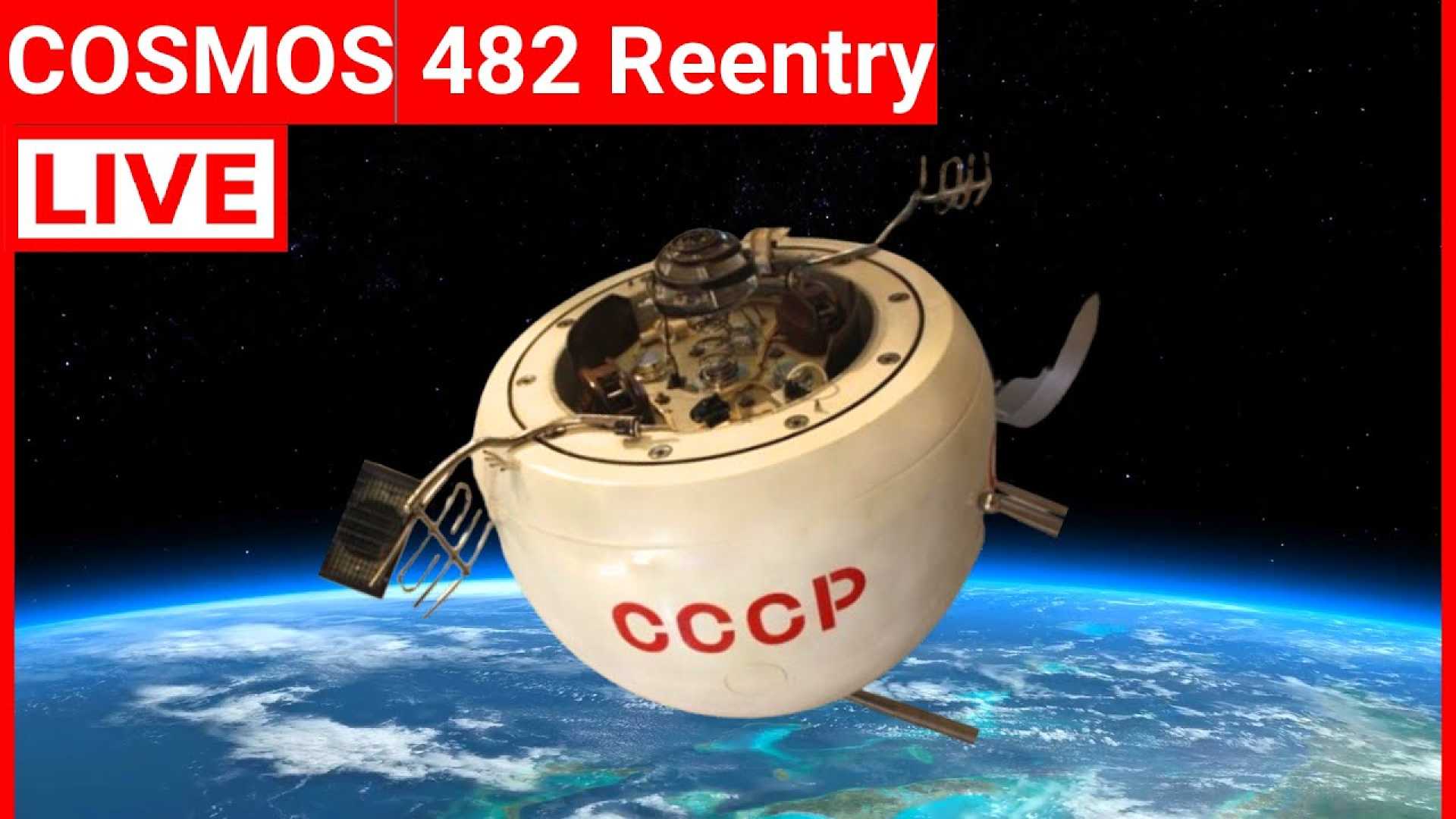News
Kosmos-482: Soviet Spacecraft Plummets Back to Earth After 53 Years

Indian Ocean – A long-lost spacecraft from the former Soviet Union, Kosmos-482, has re-entered Earth’s atmosphere after being stuck in orbit for over 50 years. The European Union Space Surveillance and Tracking center announced the uncontrolled re-entry at 06:16 GMT on Saturday, May 7, 2022.
Kosmos-482 was originally launched in March 1972 as part of the Soviet Venera program with hopes of reaching Venus. However, a rocket malfunction prevented it from escaping Earth’s orbit. While much of its debris fell to Earth within the next decade, the spherical descent craft remained in a high elliptical orbit, eventually spiraling down toward our planet.
Experts had speculated that the descent craft, weighing over 495 kilograms and encased in titanium, might survive the fiery plunge due to its robust construction. Jonathan McDowell, an astrophysicist at the Center for Astrophysics | Harvard & Smithsonian, likened its return to a small airplane crash. “You’ve got this half-ton thing falling out of the sky at a couple hundred miles an hour,” he said.
Prior to its re-entry, scientists struggled to predict the exact timing and location of its descent due to various uncertainties, including solar activity and the spacecraft’s degraded condition. The final trajectory placed its potential landing area over most of the globe, predominantly the Indian Ocean, a region lacking immediate confirmation of any surviving debris.
Marco Langbroek, a scientist from Delft Technical University, expressed concern over the low chances of falling debris harming anyone. “The risk is small, in the same ballpark as that of a meteorite fall,” he reassured.
Despite the low risks associated with re-entries, Kosmos-482’s case was noteworthy, primarily because of its potential for survival due to its unique construction. Notably, the Russian Federation is legally responsible for the debris, being the successor to the Soviet Union.
While several large spacecraft and rocket parts re-enter the atmosphere monthly, Kosmos-482’s titanium shell may have allowed it to survive much of the descent. Asif Siddiqi, a space historian, emphasized its historical significance as a remnant of the Cold War space race. “It’s amazing how much stuff is out there waiting to either intrude upon our thoughts or, if we’re ambitious, to retrieve it,” he noted.
The remains of Kosmos-482 are expected to be studied should they be recovered, although any decision regarding their display will fall to Russia, as per international law.












